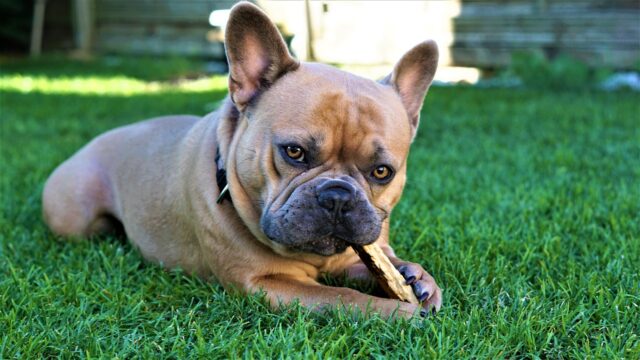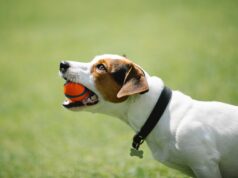Training your dog at home can be a fun and rewarding experience. With the right tips, tricks, and tools anyone can teach their pup simple and effective commands in no time.
From teaching basic obedience to reducing unwanted behaviors like barking or jumping, DIY dog training is both useful and enjoyable for any pet owner. Learn how you can use positive reinforcement techniques to bond with your pup while helping them learn new skills that will last a lifetime.
Establishing a Positive Reinforcement Framework
Establishing a positive reinforcement framework is essential for successful DIY dog training. To create an effective environment for teaching your pup tricks, you should reward good behavior consistently and refrain from punishing bad behavior. Show your pup that when they act correctly, something positive will occur.
Positive rewards are more powerful than negative punishments as they build motivation and encourage learning through repetition. Incorporate treats, verbal praise, petting, or even a pet water bottle into each exercise to ensure that your pup is being rewarded appropriately when they display desired behaviors.
By rewarding with consistency and enthusiasm, you can help foster a loving relationship between you and your pup while building their confidence in performing new tasks at home!
Teaching Your Dog Basic Commands

Teaching your dog basic commands is an essential part of DIY Dog Training. It provides a foundation for more advanced tricks and lessons later on and can be incredibly rewarding for both you and your pup. But how do you go about teaching your dog these basics?
Start by introducing the command with positive reinforcement, such as treats or verbal praise. Once your pet understands what they need to do in response to the command word or phrase, begin using it more frequently during its daily routine. This will help them understand that when they hear the command, they should be ready to perform whatever action accompanies it.
As they learn each new trick, practice in various environments so that they don’t become overly reliant on a specific environment or situation – this teaches them real-world skills! Showing patience throughout the process is also key; if you get frustrated with the lack of progress too quickly then your pup may start associating learning with negative feelings which could take longer to undo than simply taking things slow from the beginning!
Crate & Potty Training Tips
Crate and potty training your dog can be a challenging task, but with the right tools and tricks, you can teach your furry friend how to behave in no time. Start by understanding what motivates your pup – whether it’s treats, toys, or praise – as this will help you determine the best way to reward them during their lessons.
Establishing a routine is also key when it comes to crate and potty training; make sure that you are consistent with commands and rewards so that they understand what is expected of them.
Additionally, assigning specific areas for both sleeping and going potty will help ensure your pup knows where they should go each time. With patience, dedication, and these tips, soon enough you’ll have an obedient pooch ready for anything!
Advanced Tricks for More Experienced Trainers

Advanced dog training techniques are great for those who have already mastered the basics of DIY Dog Training. If youre looking to take your pup’s skills to the next level, here are a few tricks worth trying:
- Shape Recognition. This trick involves getting your dog to recognize shapes with cues like pointing and hand signals. Start by presenting an object such as a toy or treat, then teach your pup how to identify it using verbal commands and gestures. With practice, you can even get them to recognize more complex shapes!
- Hide & Seek Games. Dogs love this game just as much as kids do! To start, hide treats around the house while giving verbal cues that encourage them to look for them in certain areas (e.g., “Where’s the treat? It’s under the chair!”). Once they catch on, move on hiding yourself instead of treats – they’ll have fun searching from room to room until they find you!
- Agility Exercises & Obstacle Courses. Get creative when constructing obstacle courses for your canine friend – think weaving through cones or jumping over chairs or benches! These exercises help strengthen coordination and balance while also providing mental stimulation that encourages problem-solving skills in pups of all ages and sizes alike!
- Tricks Based On Verbal Cues. Teach your pup various tricks based on different words – think rolling over or shaking hands upon hearing ‘roll over or shake. Not only is this loads of fun but it also helps strengthen their obedience skills too! With these advanced tricks up their sleeve, there’s no limit when it comes to what dogs can learn at home with some patience and practice from their owners


